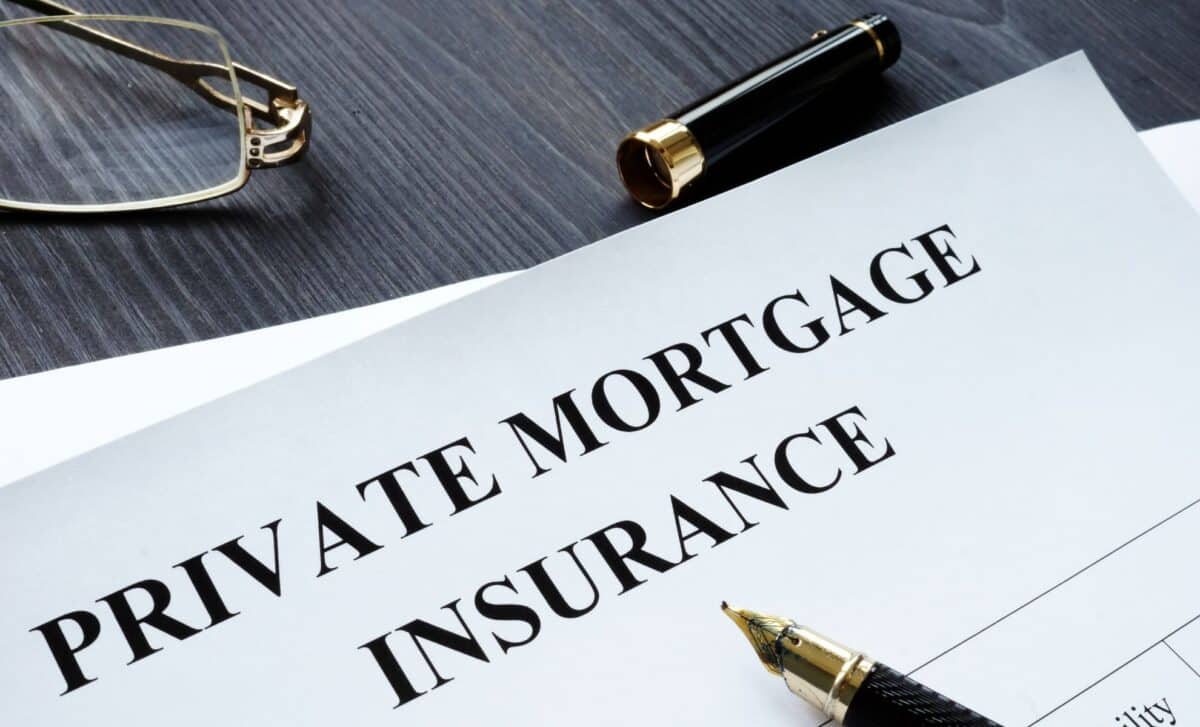Private Mortgage Insurance (PMI) is an often-overlooked cost that can significantly impact homeowners who finance their property with a smaller down payment. While many first-time buyers anticipate mortgage payments, property taxes, and maintenance costs, PMI is an additional expense that can catch them off guard.
There are ways to avoid PMI, such as making a larger down payment or obtaining a piggyback loan. According to Redfin, understanding PMI is essential for homebuyers navigating the complexities of property financing and making informed financial decisions.
What Is PMI and Why Does It Exist?
PMI is an insurance policy that protects lenders in case a borrower defaults on their mortgage. It is typically required when a homebuyer puts down less than 20% of the property’s purchase price. Unlike homeowners insurance, which covers damages to the property, PMI serves solely to mitigate the lender’s risk.
PMI costs can range between 0.5% and 1.5% of the loan amount annually, depending on various factors. These premiums are added to monthly mortgage payments and continue until the homeowner reaches a certain level of equity.
The presence of PMI allows lenders to approve loans with lower down payments, making homeownership more accessible. However, it adds to the financial burden of borrowers, making it essential to understand when and how it applies.
When Is PMI Required and How Can It Be Removed?
PMI is mandatory for most conventional loans when a down payment is below 20%. The cost is automatically included in the borrower’s monthly payments, and it continues until the homeowner builds enough equity in the property.
Lenders are legally required to remove PMI automatically when the loan balance reaches 78% of the home’s original value. However, borrowers can request PMI cancellation earlier—once they reach 80% equity. This can be done by keeping track of mortgage payments or obtaining a home appraisal to prove the property’s increased value.
Homeowners refinancing their mortgage can also eliminate PMI if the new loan meets the 20% equity requirement. This strategy may be beneficial if the property has appreciated significantly since the original purchase.
Factors Influencing PMI Costs
The cost of PMI depends on several key factors. First, the loan amount plays a significant role. Larger loan amounts usually result in higher PMI premiums. Credit score is another important factor. Borrowers with lower credit scores tend to face higher PMI rates due to the increased risk for lenders.
The type of loan also affects PMI costs. Adjustable-rate mortgages (ARMs) typically have higher PMI premiums compared to fixed-rate loans. Finally, the loan term matters. Shorter-term loans, like 15-year mortgages, generally have lower PMI premiums than 30-year loans.
Lenders assess these factors to determine the level of risk associated with each borrower, which directly influences PMI rates.
Strategies to Avoid or Reduce PMI
While PMI is unavoidable in some cases, several strategies can help borrowers minimise or eliminate it:
- Make a 20% down payment – This is the most straightforward way to avoid PMI altogether.
- Choose a lender that waives PMI – Some financial institutions offer portfolio loans without PMI requirements for select borrowers.
- Consider a piggyback loan – This involves taking out a secondary loan to cover part of the down payment, eliminating the need for PMI.
- Explore government-backed loans – VA loans for military service members and Affordable Loan Solutions for low-income buyers can eliminate PMI requirements.
- Take advantage of local homebuyer programs – Certain first-time buyer initiatives offer down payment assistance, reducing the need for PMI.
The Long-Term Impact of Pmi
While PMI allows buyers to enter the housing market with a smaller upfront investment, it also adds to monthly expenses. Over time, these costs can accumulate, making homeownership more expensive.
For buyers planning to keep a mortgage for an extended period, it is important to consider PMI’s financial impact. Monitoring loan balance, increasing equity, and refinancing at the right time can help homeowners eliminate PMI costs sooner.









